
UMSL Marketing recently talked to Ryan Brennell, founder of Gladitood, and how the era of social interaction has re-shaped the way we give! Ryan will also be teaching an exclusive ‘Crowdfunding 101 ‘ class as part of the revamped UMSL Digital curriculum!
We live in the era of social organizing. How has Crowdfunding been a part of this trend over the last five years?
I think crowdfunding is a natural progression of social organizing. We’ve been using Facebook to stay in touch with friends and family, or Reddit to talk with like-minded individuals about shared interests, and I know it’s easy to connect the dots looking back, but it just seems like Crowdfunding was inevitable. We’re making it so easy for people to connect from all over the world, it was only a matter of time before we started using this medium to raise money. Now we’re seeing it on a scale that is changing our culture. Bernie Sanders just ran the most successful political crowdfunding campaign in history during the last election. Startup founders aren’t at the whim of venture capitalists who held all the power. Now they can find their audience and let the market decide if they should be funded. Thanks to social organizing, we have crowdfunding. And thanks to crowdfunding, new opportunities exist for us all.
Crowdfunding services such as GoFundMe are everywhere. From school supplies, family tragedy’s, to lifelong dreams. How has this changed fundraising culture?
I think that the many crowdfunding platforms that have popped up, especially those like GoFundMe where anyone can raise money for nearly anything, has increased competition for fundraisers and also increased an individual’s awareness of fraud. Crowdfunding has completely democratized access to funding. If you can tell a compelling story and execute a clever promotional plan, access to a wealthy network isn’t necessary anymore. It has also made fundraising a very real piece of pop-culture. The subjects of viral campaigns become overnight celebrities, and this perpetuates the biggest myth in crowdfunding – “If you build it, they will come.”
Despite the abundance of crowdfunding campaigns, many generate zero dollars. Why is this?
The failures almost always come down to that crowdfunding myth. The idea that crowdfunding is internet magic is the reason why the vast majority of crowdfunding campaigns fail right out of the gate. You have to put in the work.
Crowdfunding campaigns can be very difficult to dissect. We see the success, but we can’t get a good look under the hood to see what’s driving those results. This makes it very difficult for those new to crowdfunding to figure out where to begin. After years of helping hundreds of campaigns succeed, and seeing plenty fail, we’ve recognized the patterns and formulas that lead to both results. Frankly, 90% of the work for a successful campaign happens before it even launches. Realistically, there were several weeks – sometimes months – of planning ahead of a successful 30-day campaign.
Basically, crowdfunding is not a magic ‘Easy’ button. It takes work. How can someone approach this?
I like to approach it by creating a two-part plan. Part one consists of everything you need to get in place in order to put the campaign together and set yourself up to execute successfully. Part two is the actual execution.
Part one is about crafting your story, strategically planning your reward levels, identifying and building relationships with your audience, and lining up distribution channels for your campaign. This means making a video and creative graphics, coming up with creative and unique “up-sells” that don’t dip into your profits, figuring out which social channels and forums to engage, and creating a PR plan. It sounds like a lot, but if you tackle these, you are in the top 10% of your competition. If you take part one seriously, part two is a breeze. If you half-ass part one, those 30-60 days might be the most stressful of your life.
What will your new Crowdfunding course be touching on? Who is this course for?
The course is for anyone who wants to learn how to run a successful crowdfunding campaign from day 1 of planning through day X of follow up after the campaign has ended. Nonprofit organizations, startup founders, marketers, and inventors, I’m talking to you. My goal is that my students leave with not only an understanding of how to run a successful campaign but with their own concrete plan of action. We’ll cover how to craft your story to include the four key ingredients for virality, how to identify and engage your target audience, how to utilize distribution channels to increase your reach. We’ll go over creating a great video – even without access to a professional production team, building an email and social campaign to accompany your fundraiser, and how to capitalize on the momentum of success after your campaign to keep backers engaged for your next fundraiser. The course will include a number of case studies that break down some of the most successful crowdfunding campaigns in history, including successful campaigns from right here in St. Louis!



 As every marketer knows, “Content is King”. This phrase continues to be more true each year as both search engines and consumer expectations of brands change. To help us take a deep dive into the importance and power of having a strong content strategy, we sat down with a St. Louis specialist, Matt Kamp.
As every marketer knows, “Content is King”. This phrase continues to be more true each year as both search engines and consumer expectations of brands change. To help us take a deep dive into the importance and power of having a strong content strategy, we sat down with a St. Louis specialist, Matt Kamp. 
 With the
With the 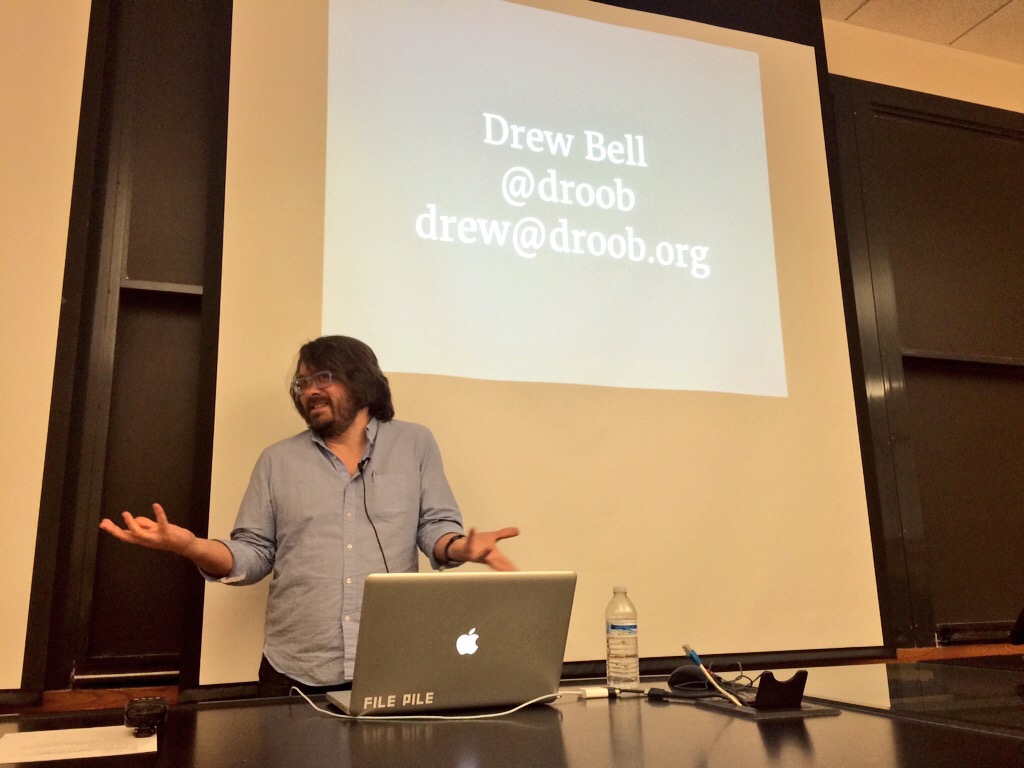

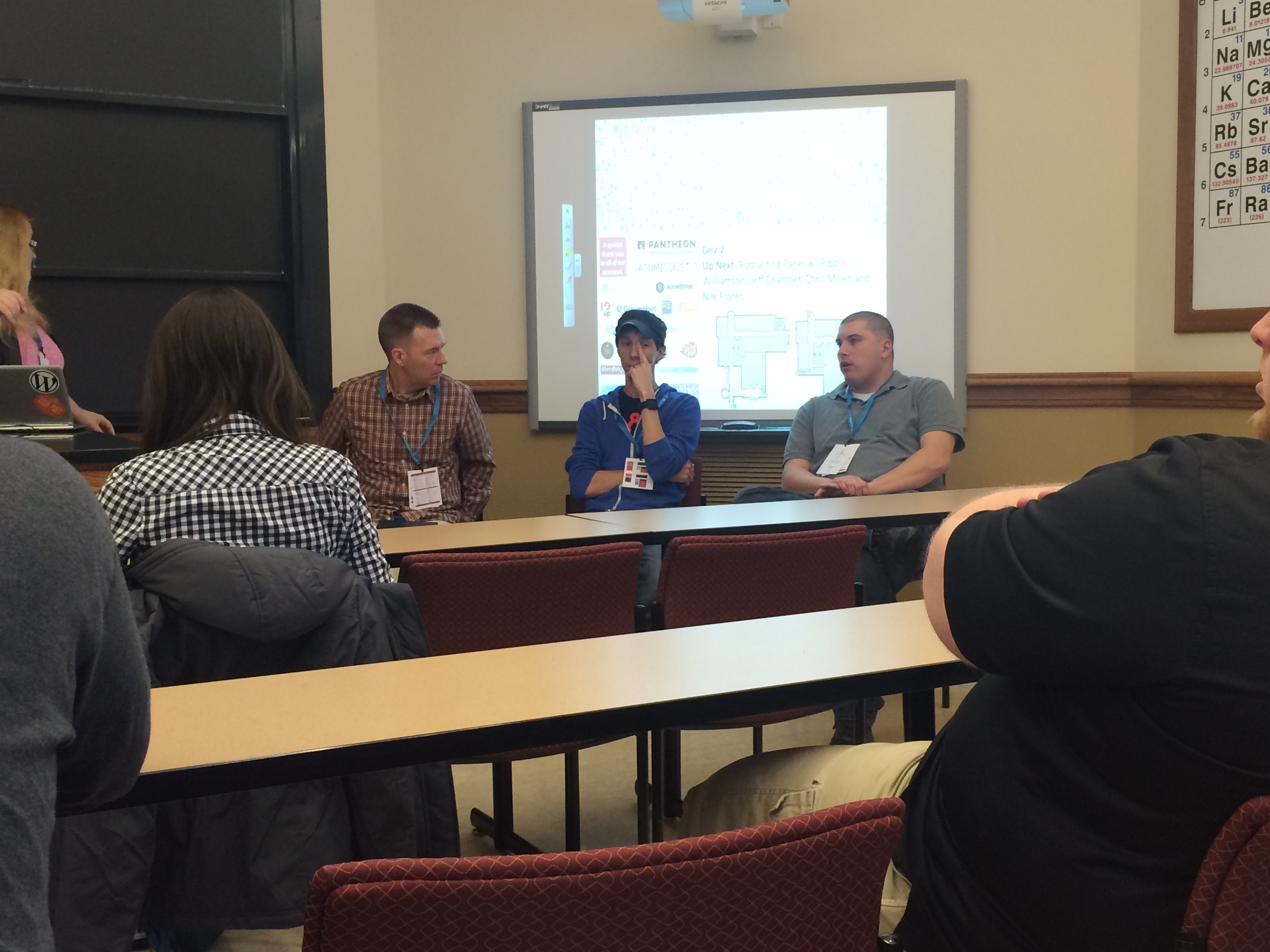
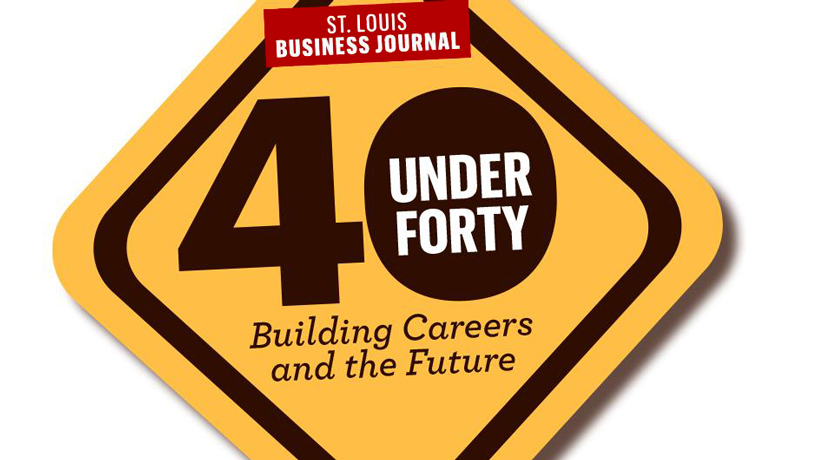

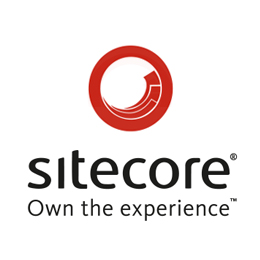


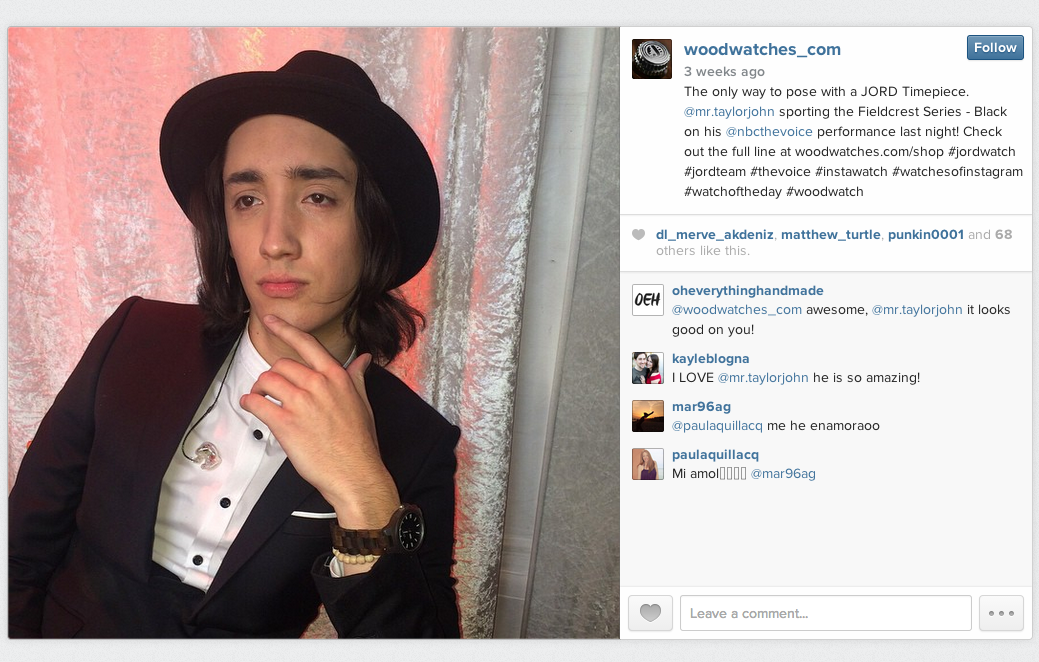

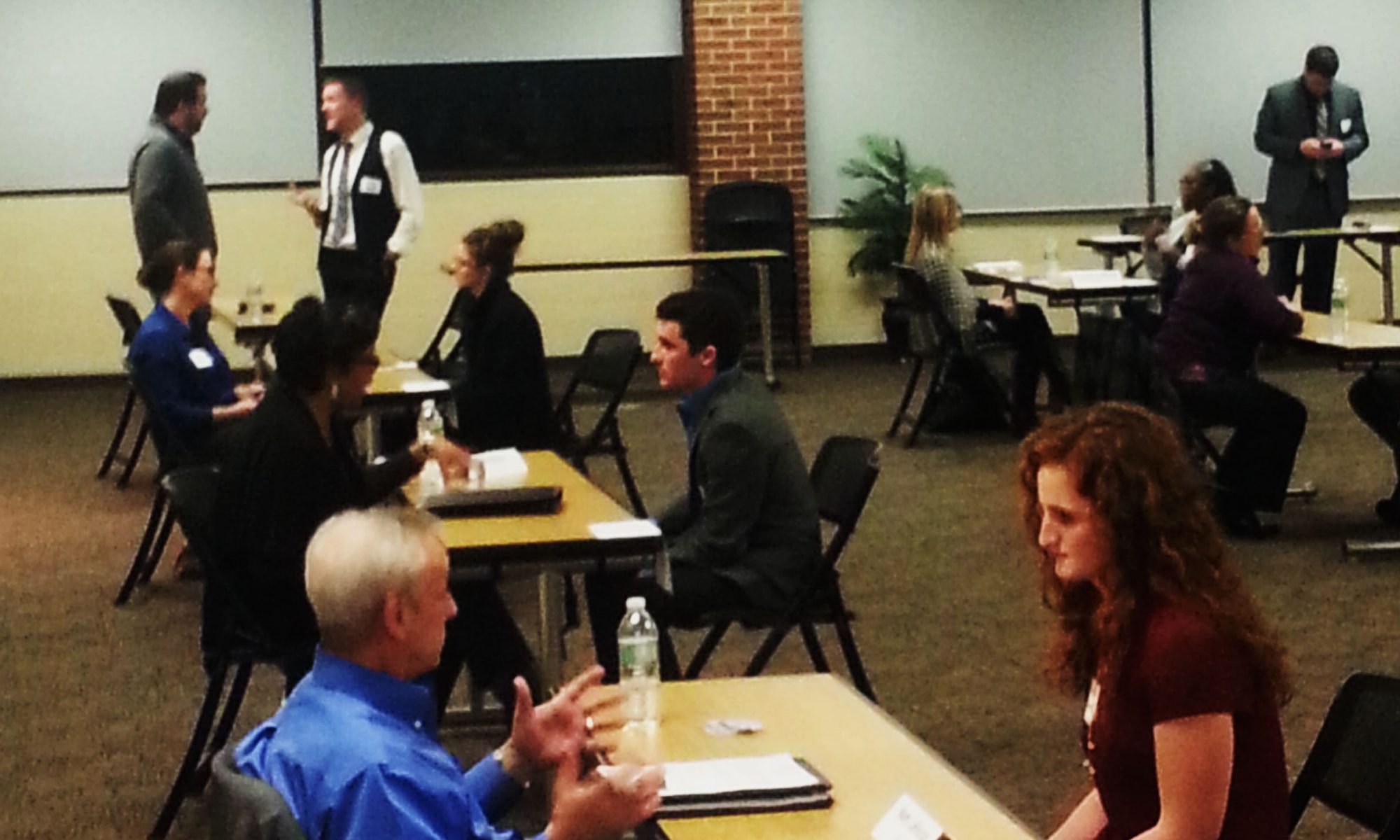
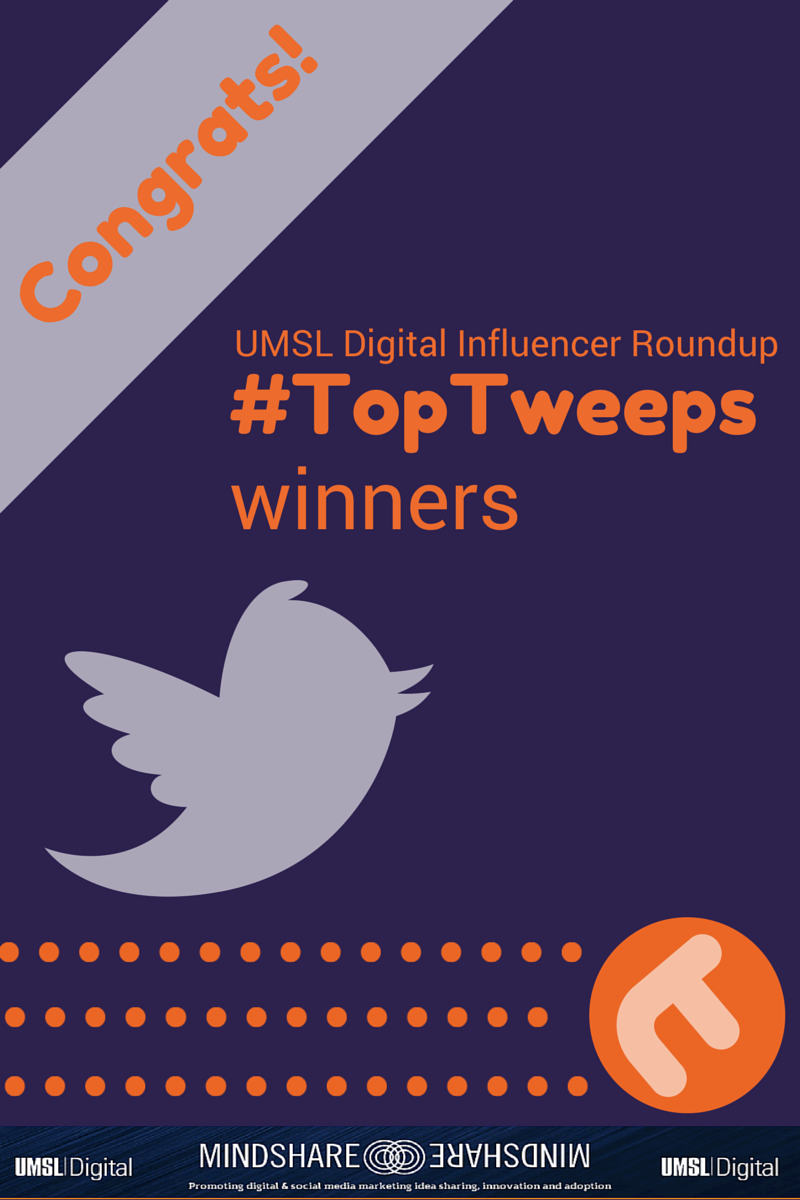 Now after all the energy, sweating and tweets, we are proud to announce the winners.
Now after all the energy, sweating and tweets, we are proud to announce the winners.